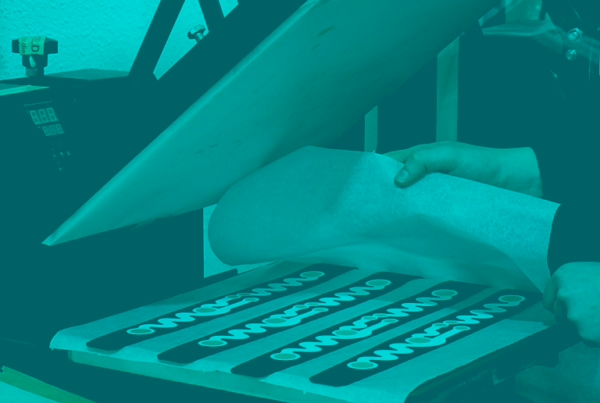Just like every industry has, questions about jargon and certain terms pop up. We regularly get questions about ours. But there is one in particular that keeps on coming back: what is haptic feedback? This topic is often somewhat vague or even unknown, even the name is a bit difficult to pronounce. But what most people don’t know, is that they already use it every single day.
Haptic feedback is an intuitive way of giving information to the user. How do you know you’re being called if you don’t hear the ringtone, for example? You could feel it through your phone’s vibration feature.
Vibrations are also used in game console controllers (such as the PlayStation and Xbox) to provide instructions. And this is only the tip of the iceberg.

Ambulances and police cars, for example, can ride as fast as 110 km/h through city streets to attend to an emergency. Going at such a speed and with sirens wailing loudly, it is impossible to look at or hear the GPS directions. The driver is focused on arriving to the location fast. There is no time to lose.
What if we told you that a paramedic, police officer, or even you could get to your destination only by relying on your sense of touch? There’s no need to stare at a screen or listen to directions. You would simply feel your way!
Our senses
Every day, we make sense of the world through our human senses of sight, smell, hearing, touch, and taste. However, in our hectic everyday lives, our brains are being bombarded with visual and auditory input. Our eyes and ears get overstimulated by our screens and headphones.
Touch, on the other hand, is a sense that is frequently ignored. Wearable haptic devices use haptic technology smartly address touch. They free up the eyes and ears, and reduce cognitive load by giving the brain the freedom to concentrate on other tasks.
Keeping the balance
At the end of the day, patients with severe balance disorders are completely exhausted. They are overloaded not only with external input, but also with information on how to maintain their balance. Their brains are continually analysing the surface they are walking on to be able to keep a steady gait.
The BalanceBelt was created to help these patients regain their balance and independence. This wearable device substitutes the balance organs in the brain with ten vibration motors (or actuators) in a belt that restores the perception of gravitational direction.
The haptic actuators vibrate when a patient leans in a certain direction; their brain interprets this haptic feedback as though it were coming from their own vestibular system (balance system).

Because haptic feedback has proved to be very intuitive and simple to understand, after about 30 minutes of wearing the belt, the patient feels confident enough to walk outside on their own.
We can practically make this technology transparent and silent without attracting unwanted attention in public by incorporating haptic feedback into fabrics. Although the vibration of the BalanceBelt is hardly audible, it is enough to provide the user with balancing feedback.
Haptic feedback on a mission
Being unnoticed in crucial when on the battlefield. No using loud radios or bright screens to draw attention. There is no time to waste and no room for error, that also means being alert at all times.
By using haptic feedback, our Mission Navigation Belt enables soldiers on the battlefield to solely rely on their sense of touch.

This belt is equipped with seven vibration motors, a compass, and a control module that connects to the soldier’s system. They receive navigation cues via waist sensations, allowing haptic feedback to guide them through the operation.
Soldiers can fully concentrate on their surroundings and purpose while remaining undetected because they don’t need a screen or auditory cues to navigate the field, which might otherwise reveal them or impair their hearing or vision.
Feeling the way
As a Dutch company, we enjoy cycling. And believe us, we know what it’s like to struggle with your phone while cycling to find directions, or the right street name. This is a pretty simple way to risk falling, or risk a fine, for that matter.
It is quite beneficial to have your ears and eyes free during sports, especially when practiced outside, to avoid accidents and injuries. With this in mind, we created the CyclingShirt, with integrated vibration motors on the back panel of the shirt. You could say that haptic feedback has your back once again.
These vibrations give you input on your heart rate, which you process to receive intuitive interval training cues through your sense of touch and change your cycle tempo to train and increase your stamina.

The buzz
Touch is an underutilised human sense. Haptic feedback allows you to experience the information while freeing up your eyes, hearing, and letting your brain focus on other critical tasks. This reliable and straightforward technology assists you in a variety of ways, from not missing a call to successfully completing an army operation, and everything in between.
We have seen the massive potential of haptics with our own eyes and felt with our own skin. Now it’s your turn. Click here to take your haptic wearable to the next level.
Curious for more? Learn here more about how we’ve implemented haptic feedback technology in other life-improving projects.
By: Jaditja van Kempen
20 December 2022





